Carli Hanback remembers the moment she realized the impact she could make as an art teacher.
She was student teaching this spring, and her first-graders were dragging plastic forks through paint to create texture on their paintings of a panda bear.
“This one little girl’s face lit up with excitement when I told them to make their panda into something special,” said Hanback ’18.
When they were finished, the student’s smile radiated as she asked if she could take it home to show her family. Her panda was wearing a bow tie and had very bright blue eyes. It wasn’t until later in the day that Hanback learned from another teacher that the girl’s 5-year-old brother had tragically died last year. He had blue eyes, and, in his last school picture, he was wearing a bow tie.
“That project really made a difference to her and, in some way, created a special connection between her and her little brother,” said Hanback, who graduated in May and will begin teaching art this fall at Landstown High School in Virginia Beach. “That’s when I knew I could make a difference.”
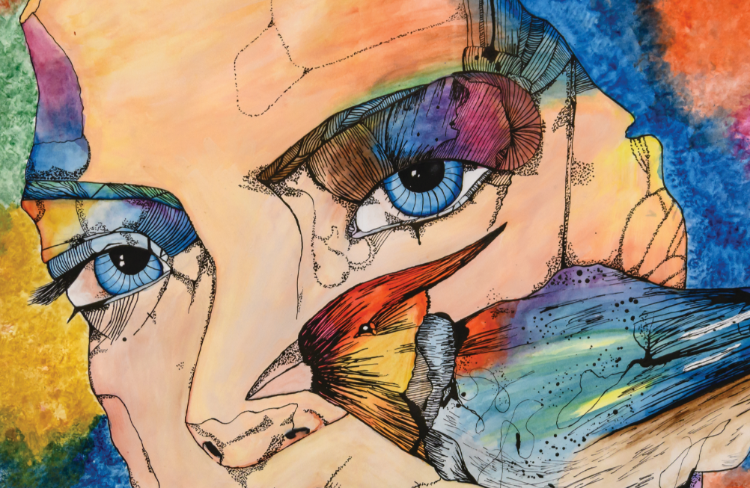
Hanback begins her career at a time when the need for K-12 art education is as critical as it has ever been. With students facing higher levels of stress and anxiety, more prevalent social and emotional disorders, and home-life disruptions, the art classroom is increasingly a refuge—providing a space where mistakes are OK, creativity is encouraged and there are no right or wrong answers.
At the same time, the art curriculum is being squeezed out of the classroom as tight budgets force schools to trim or even eliminate it.
The cuts disproportionately hit rural and low-income areas, where school administrators must focus their limited resources on improving Standards of Learning (SOL) test scores and other factors that affect accreditation. For example, at Prince Edward County Elementary School, art classes were recently cut from 45 minutes to 40 minutes to make room for more SOL test prep.
Up to the challenge
Longwood is taking the lead in responding to this contemporary challenge through a two-pronged approach. The university is adapting with the times to prepare well-rounded art teachers who can support the increasingly complex academic and emotional needs of students. And it’s providing essential art resources to Southside area citizens through its free, nationally accredited art museum.
The need is so urgent that Longwood’s art education program recently began requiring art education students to take two special education classes to better prepare them to meet the needs of all their students. The classes also make it easier for aspiring teachers to get a master’s in special education. Teachers who are dual-licensed in art education and special education are especially attractive to employers.
Meanwhile, the Longwood Center for the Visual Arts (LCVA) has made it its mission to bridge the school resource gap and provide creative enrichment to a large swath of Southside residents who do not have easy access to nearby cities or cultural institutions. In Buckingham County, when the preschool lost all resource classes, the LCVA stepped in to provide monthly art programing—free of charge.
Longwood has long understood the critical role art plays in child development and the ways it can be used to teach SOL subjects.
In her more than four decades teaching art, Deborah Wilkinson Ford ’76, M.A. ’90, said the biggest change has been that students now seem to be more interested in and in need of expressing their creativity. Some students spend multiple periods a day in her art classroom at Amelia County High School.
“This art room really is like a refuge for some of them,” she said. “I have students that live, breathe, eat and drink art.”
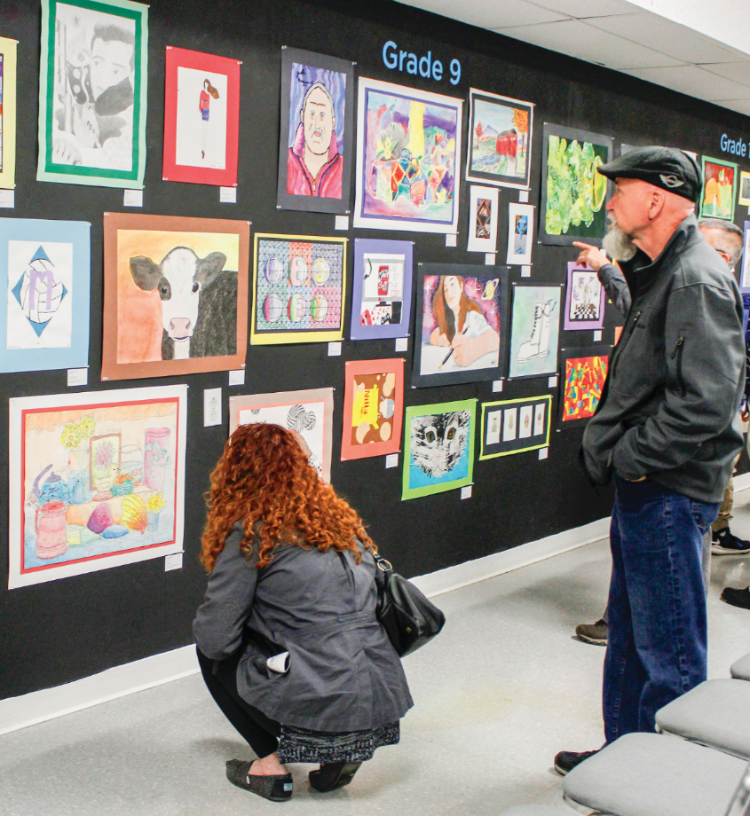
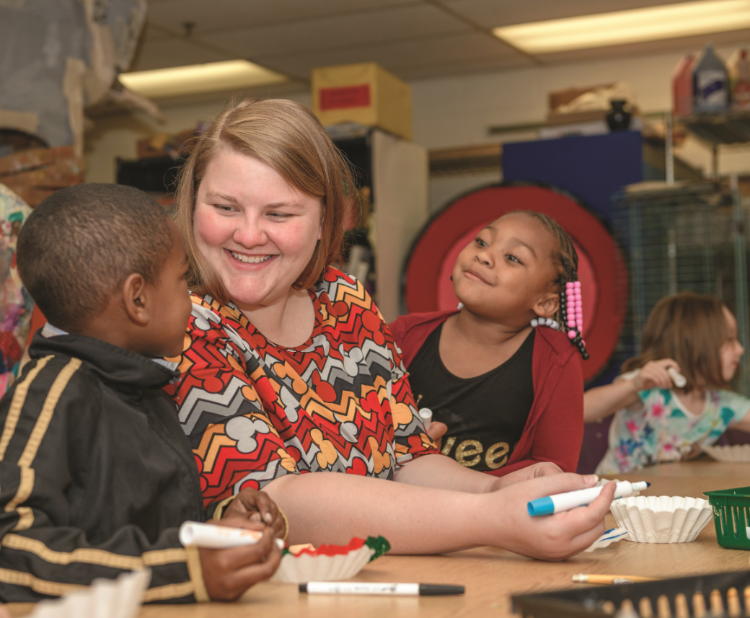
Beyond painting, drawing and papier-mache
For decades, Longwood has been on the front lines of supporting art education, by putting teachers in the field, celebrating and showcasing student achievement, and providing innovative outreach through the LCVA, which annually hosts the largest student art show in Virginia.
Ask any art teacher, and they will explain that the value of art education is felt far beyond the art room. Making art teaches students to work together, to solve problems and to employ creative thinking in their learning, and it often leads to a boost in self-esteem and confidence. For younger children, it provides opportunities to learn colors, shapes, numbers and letters, and helps in the development of motor skills.
When the pre-kindergarten students from Longwood’s Andy Taylor Center for Early Childhood Development visited the LCVA to tour the Annual Area Youth Art Exhibition this spring, it was clear they weren’t just there to view artwork.
Mindy Pierson ’03, the LCVA’s school programs educator, used the ancient Egypt-themed front window display to teach a variety of words and lessons—from recycling, to the shapes of pyramids, to hieroglyphics as an early form of alphabet. She explained that artists can use lots of different materials, pointing out that repurposed egg cartons were used to make a crocodile and pieces of paper had been stained with coffee. The students were mesmerized.
“I’m curious to see what they do when they get back to the art room,” said one of the teachers.
This is the 20th year the LCVA has hosted the youth art exhibit, which featured the work of more than 2,000 students from 44 public, private and home schools in 12 counties. Students whose artwork is featured are invited to attend a public opening reception with their parents and many school groups come to tour the exhibit during its run.
This art room really is a refuge. … I have some students that live, breathe, eat and drink art.
Deborah Wilkinson Ford ’76, M.A. ’90, Amelia County High School art teacher Tweet This
From the Annual Area Youth Art Exhibition
“It’s so neat to stand back and watch the parents show their kids how proud they are of them when they come to the art show,” said Emily Overstreet ’06.
Overstreet, who has taught art at Cumberland County Elementary School for the past decade, is one of 19 Longwood alumni art teachers whose students’ artwork was selected for this year’s show. Each year the LCVA’s front window display during the youth show is designed by the teachers and students from one school. This year’s Egyptian scene was created by students at Prince Edward County Elementary School, and it represented a role reversal of sorts for first-year art teacher Brooke Eamigh ’16.
Eamigh, who helped to hang and organize the youth artwork when she worked at the LCVA as a Longwood student, said she started planning the window in December. Among the things the students constructed using cardboard and recycled materials were crocodiles, beetles, pyramids, an obelisk and a boat on the Nile River—all subjects that relate to lessons or SOLs they eventually will study.
“I tell my students we are very fortunate to live in a community that is encouraging us to do art and wants us to do this window every year,” she said. “That is a huge opportunity to show off your art and to get to see people admire your work.”
Jasia Miles, a junior last year at Amelia County High School whose artwork was picked to be among the most outstanding at this year’s show, confirmed that having her work on display has helped her confidence—something that has translated to other aspects of her life. The softball shortstop was selected to the first-team all-conference as a sophomore.
“I’m really hard on myself. For people to tell me I’m really good, it’s amazing,” she said. Originally shown in Bedford Hall and sponsored by Central Virginia Arts, the youth art exhibition began as a way of showcasing artwork from Prince Edward County students. The show was the idea of Central Virginia Arts member Shirley Blackwell, who remembers organizing the first exhibition in 1988. It later expanded in 1998 to include students in the neighboring counties and then across the region under the auspices of the LCVA.
“The great thing about art is that, if you mess up, you do it again or make something from it,” said Kayla Dixon, a senior last year at Amelia County High School whose work was featured in this year’s show. “I messed up on my piece that got selected for the art show when I was doing the design. But I just put some ink there and made it look like something.”
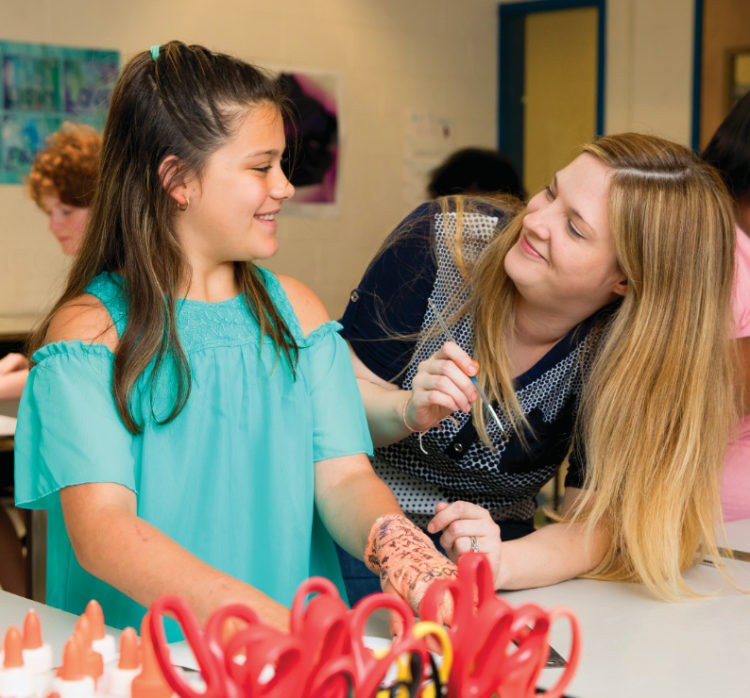
Artists who also teach
Longwood has a rich history of training the best teachers, and the small but robust art education program has cultivated creative, imaginative and resourceful art teachers, many of whom are teaching in the communities near Farmville. All three of the art teachers in the Cumberland County school system are Longwood alumnae, and most of the counties that border Prince Edward have one or more art teachers trained at Longwood.
Kelly Nelson, who heads the art education program and also teaches printmaking, is on the front lines of preparing art teachers for the modern classroom. She said one of the strengths of Longwood’s art education program is that it is designed so that art teachers are also artists.
Aspiring art teachers graduate with a Bachelor of Fine Arts and a concentration in art education, which requires 14 extra credit hours, generally in art. The program is very interdisciplinary.
“Our students have more art experiences, which can be very important when you are teaching art,” Nelson said. “We are trained kind of like a jack of all trades, so you have to be able to do a little bit of everything.”
That translates into great art teachers who can help students of different ages develop their creativity and pursue the media they find most rewarding.
“You can cross photography and sculpture, fabric and surface design, and all sorts of interesting materials together,” she said. “Our faculty here really embraces that intermixing of materials and art disciplines.”
Art education students are prepared for the classroom and learn innovative teaching methods by taking fundamentals classes in the College of Education and Human Services. They also learn different ways to link art with other academic disciplines, such as literature, history, math and science—and to encourage critical thinking.
Through their practicums and student teaching, art education students put that broad range of practical experience to use. Hanback said she appreciates how well-prepared she is to teach students at all grade levels and from diverse backgrounds.
“It’s really important that Longwood allows us to get in the classroom so early,” she said.
One of the important lessons Nelson stresses in her classes is to take the time to talk with students and really get to know them.
Eamigh took that lesson to heart. “Art class really allows you to build personal relationships,” she said. “Just taking the time to sit down and listen to what a student has to say is important. A lot of these kids don’t get that at home.”
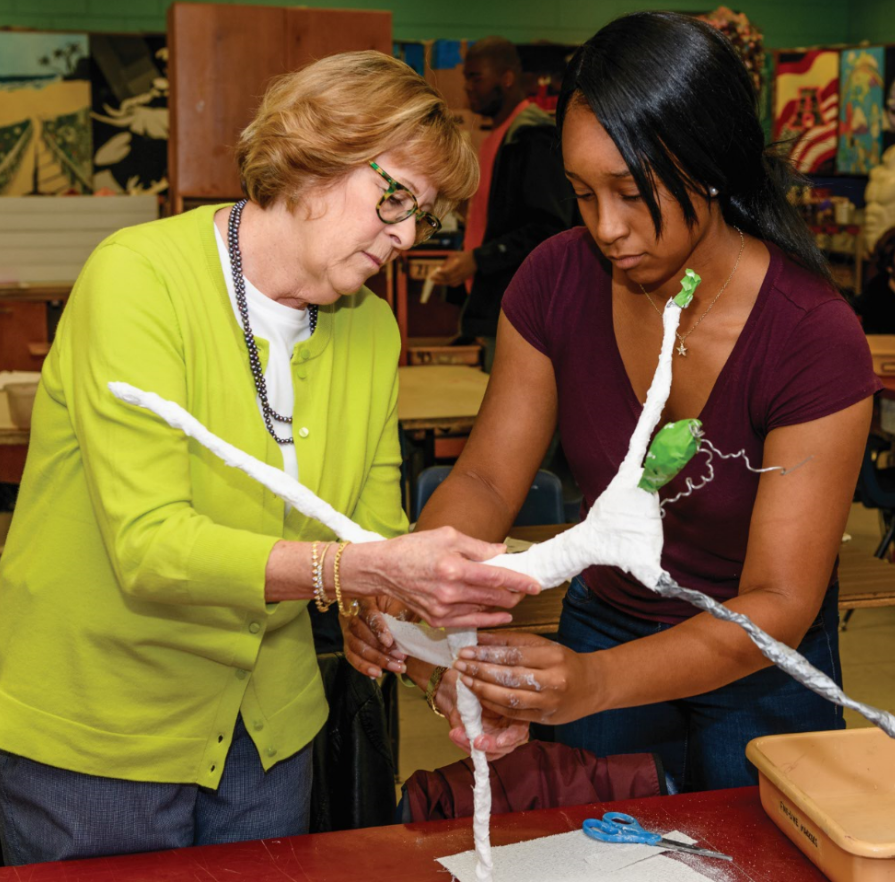
Partners in art education
Accredited by the American Alliance of Museums, the 33,000-square-foot LCVA is the only museum of its size and scope in the 7,000-square-mile area surrounding Prince Edward County. Known for its innovative outreach and participatory visual arts education, it is an important anchor and beloved resource in the Farmville community. Each year, more than 38,000 children and adults visit the LCVA to view exhibits, take classes or participate in workshops and lectures.
“Art is not only an essential part of education, but of life,” said Emily Grabiec, the LCVA’s director of education and outreach. Our role is to help foster creativity, curiosity and involvement in visual arts for residents throughout south central Virginia.”
One of the tenets of its mission is school education and outreach. The LCVA offers professional development workshops that are designed for all K-12 teachers, not just art educators. The SOLs-based workshops help teachers earn re-certification points as well as learn methods of integrating art into their curricula.
In addition to the preschool art program in Buckingham County, the LCVA offers two “Have Art, Will Travel” programs— focused on Africa and China—for local elementary students that teach SOL objectives through global lessons. The programs allow the LCVA to showcase its extensive collection of African art, which includes objects representing 59 cultures from 17 countries, and its Rowe Collection of Chinese Art. Last year, more than 550 children participated in the program.
During the summer months, the LCVA offers free daily art workshops and previously has run an art program for at-risk fourth-graders at area schools.
Hanback, the recent Longwood graduate, said the time she spent volunteering at the LCVA was instrumental in her understanding and appreciation of the nontangible benefits of art.
“You see all walks of life come in. It was nice to see families who don’t have a lot financially come and bring their kids to these free events,” she said. “It meant so much to the kids, and they would leave with handfuls of crafts.”
When the LCVA moved to its current location in the center of downtown Farmville 25 years ago, it was viewed as both a physical and symbolic bridge between Longwood and the surrounding community. It not only serves as a vital art resource for children and teachers across Southside Virginia, but it also provides a fertile training ground for aspiring art teachers like Eamigh, Overstreet and Kristen Mosley ’17, who just finished her first year as the art teacher at Cumberland County Middle School.
For those three alumnae, and many others, working and volunteering at the LCVA not only gave them beneficial work experience but also integrated them into the local art community.
“I can’t say enough about how much the staff at the LCVA influenced me and helped me,” said Mosley, who has had her still life paintings exhibited as far away as Chicago. “I’m so thankful for how they prepared me to be the teacher and artist that I am today.”
A job that satisfies and inspires
It took Overstreet, a graphic design major, one year working at a graphic design firm to realize that sitting in front of a computer all day wasn’t the career for her. She called Nelson, the art education professor, and that conversation convinced her to return to Longwood to become an art teacher.
“Sometimes I can’t believe this is my job and this is what I’m getting paid to do,” she said. “It’s a wonderful feeling going to work and loving what you do.”
Whenever someone raises the negative aspects of the education system or questions why she became an art teacher, Overstreet explains there aren’t many other professions that are as rewarding on a daily basis.
Art is not only an essential part of education, but of life.
Emily Grabiec, Director of Education and Outreach, LCVA Tweet This
“The child’s reaction when they finish that project—that ‘I made this!’ look and the pride that they have in themselves when they are done—it makes it so worth it,” she said.
For 42 years, Ford has watched many of her students transform not just artistically, but personally as well.
“It makes you want to come back every year,” Ford said. “I feel like I can’t let them down. I have to come back because I want to see them grow some more. That’s what drives you to get out of bed every morning.”
One of those students is Dakota Shahan-Beaver, a sophomore last year, who said she uses art as a form of therapy. Shahan-Beaver had her artwork featured in the youth art exhibit for the first time this year.
“I have depression and anxiety, so it calms me down and helps relieve my stress,” she said. You can portray a lot of emotions through art. You just have to have the imagination for it.” Years ago, Ford said, her art classes were not as populated with students who were serious about art.
“The students I have now are truly more interested in learning the skills and the techniques, and take pride in their work,” she said. They are interested in going to see colleges like Longwood to maybe pursue art as a career.”
Each year, Ford brings her students to Farmville to visit campus and the LCVA, sometimes to view the student art show and sometimes to do an art project with the staff. She shows them the Ruffner rotunda, and they eat lunch in the dining hall—while she regales them with stories of how tough Dr. Elisabeth Flynn’s art history class was or how revered longtime art faculty members Barbara Bishop and Homer Springer were.
Ford’s decision to retire from teaching full time this year was bittersweet. The students and those trips to Longwood are among the things she will miss the most.
“I have a good day every day,” she said. “A lot of teachers can’t say that. You have to love what you do.”


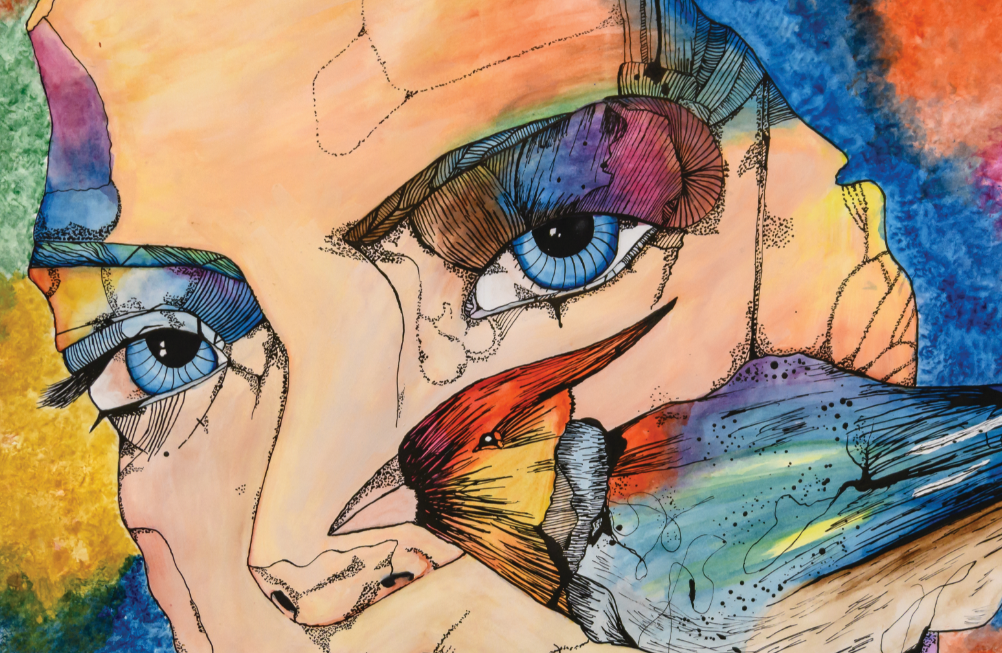
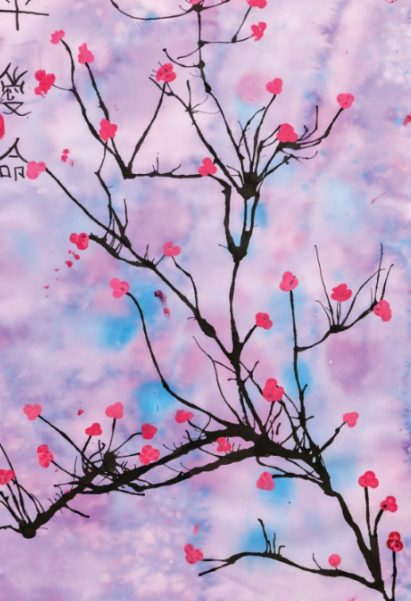
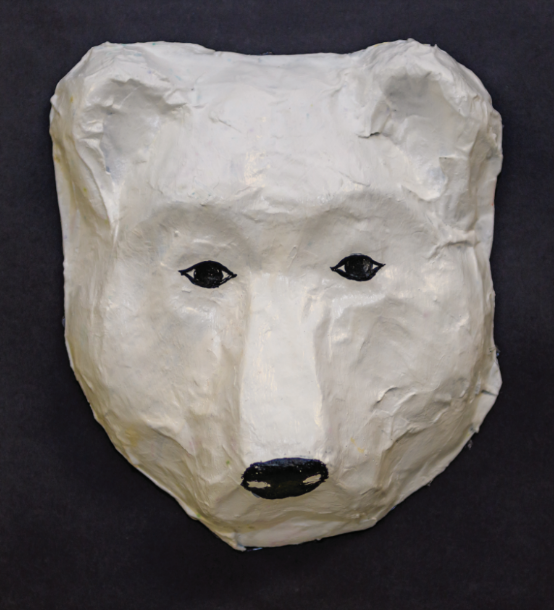
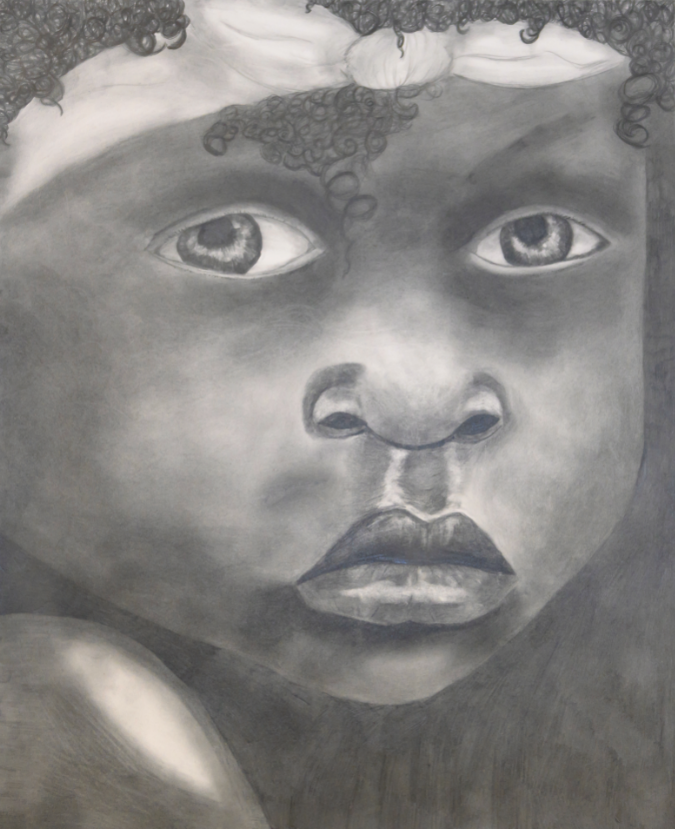
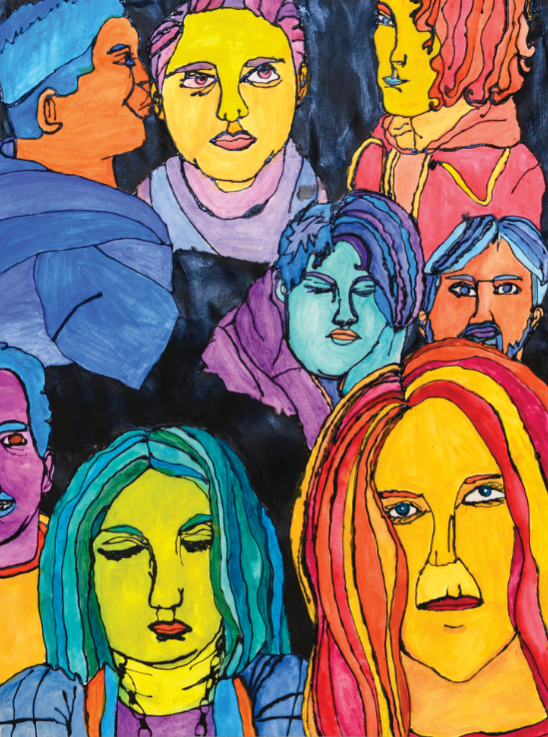

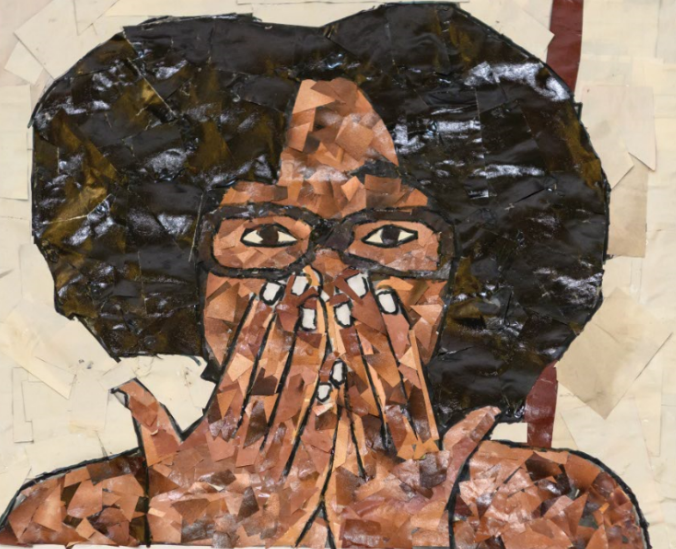

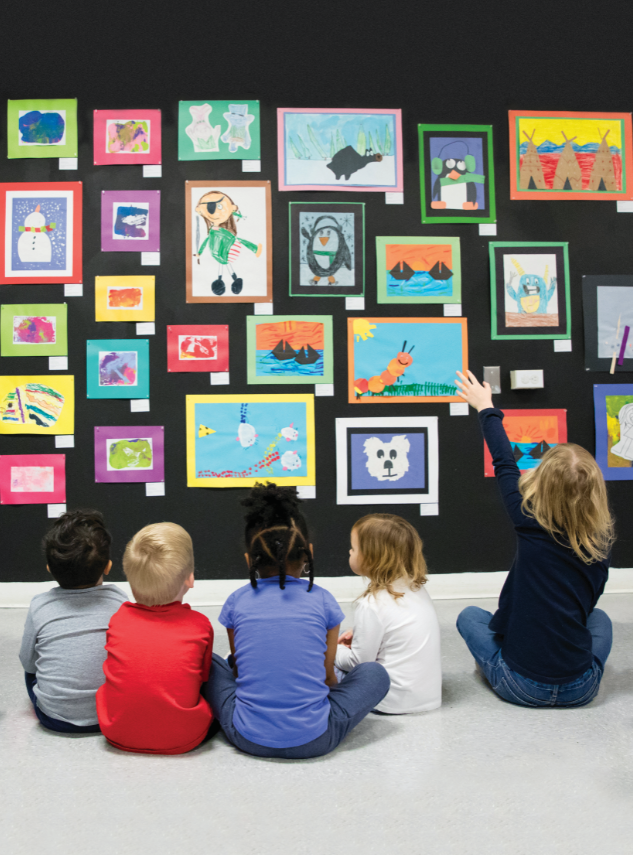
Leave a Comment